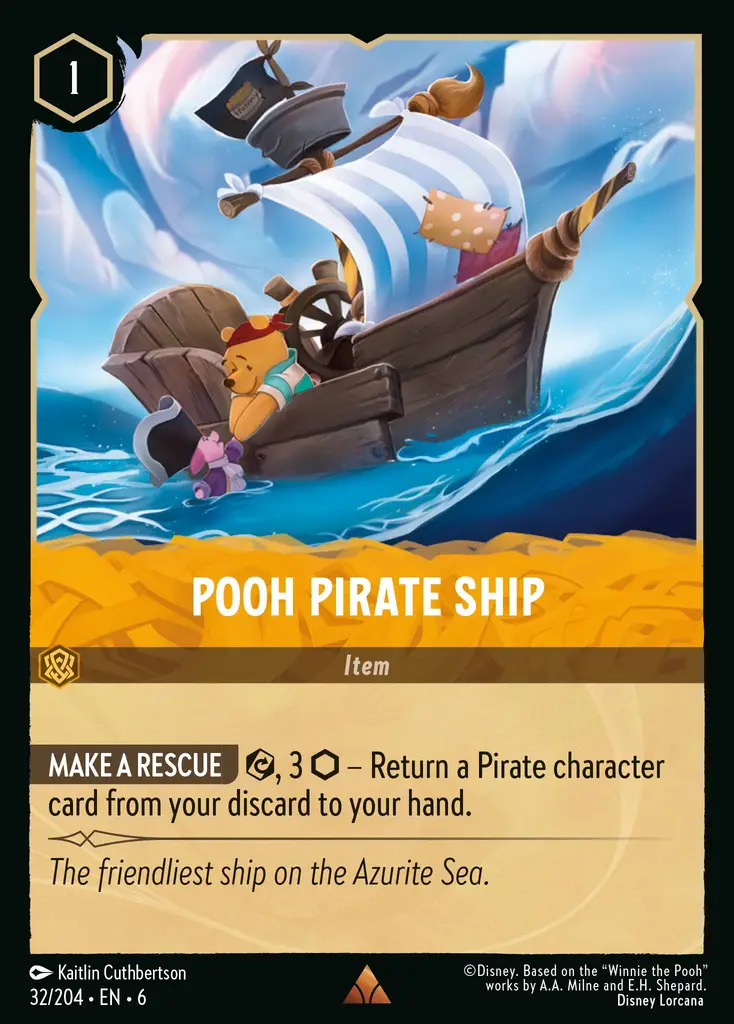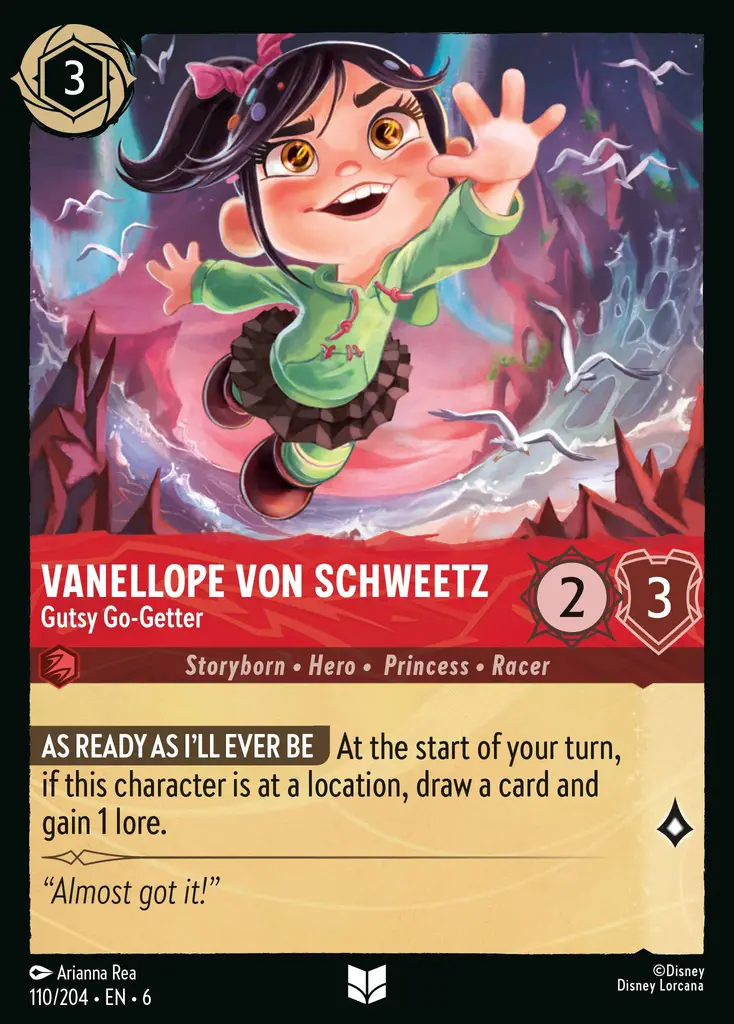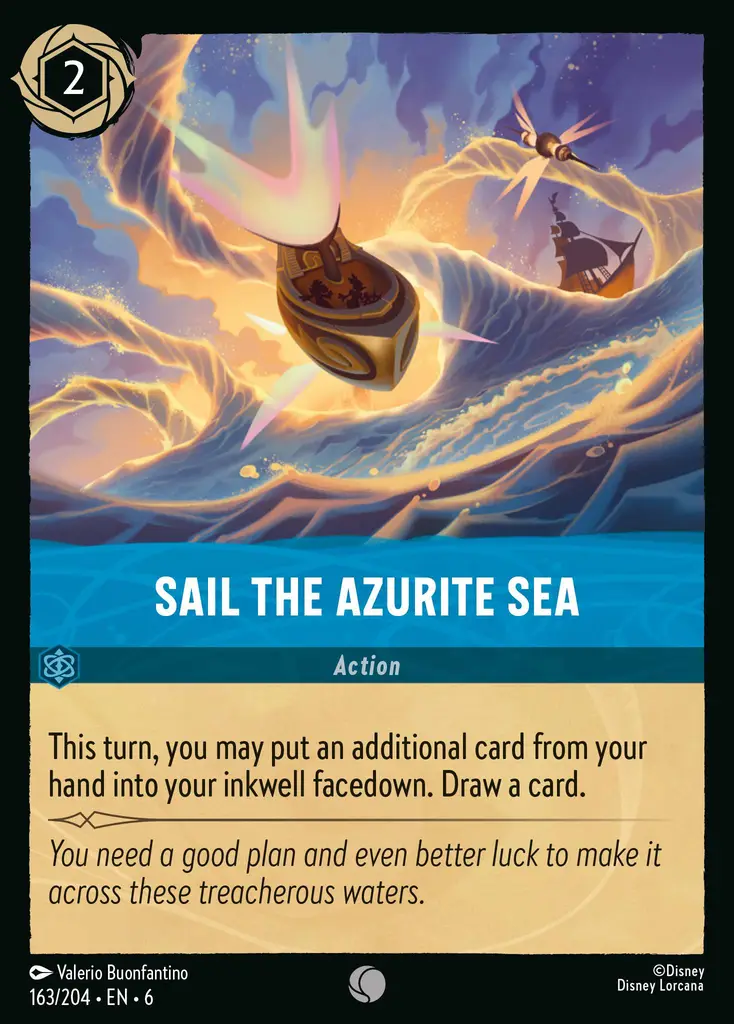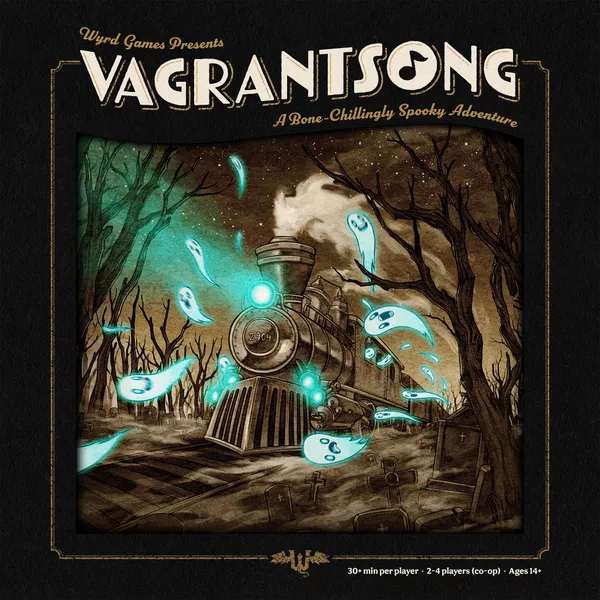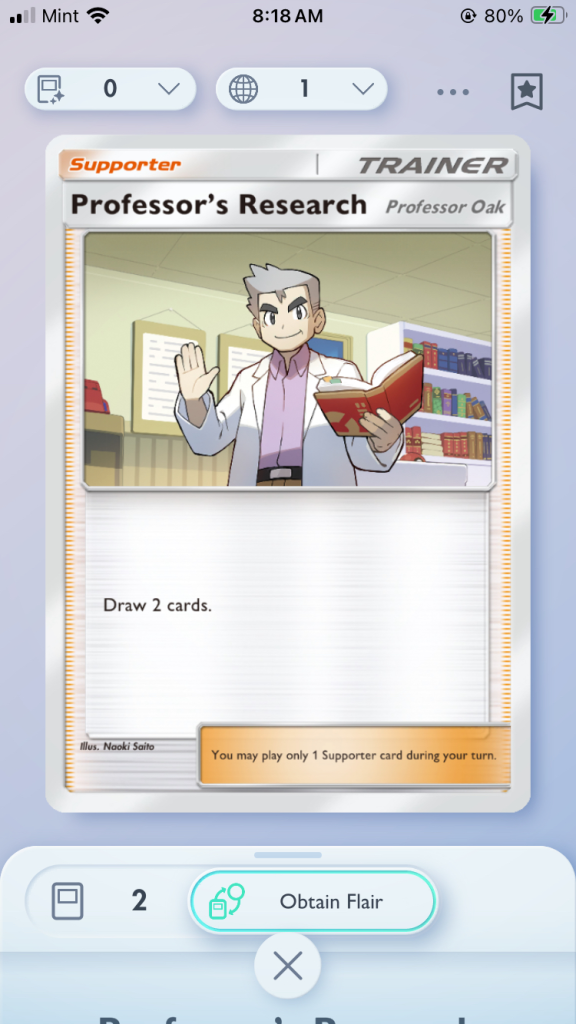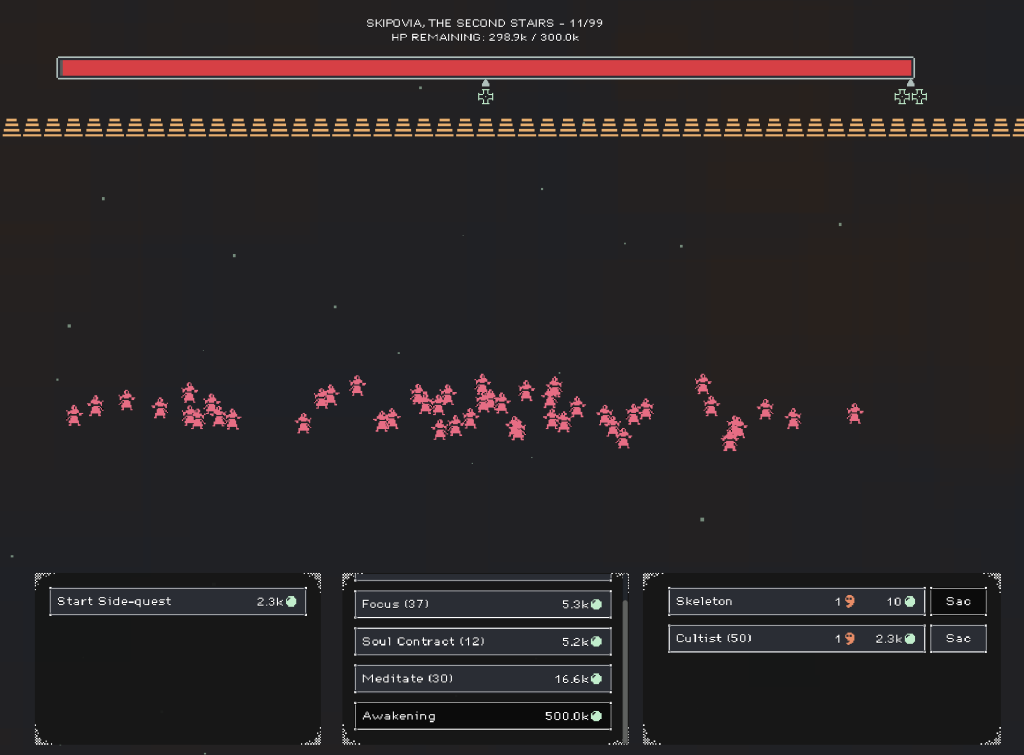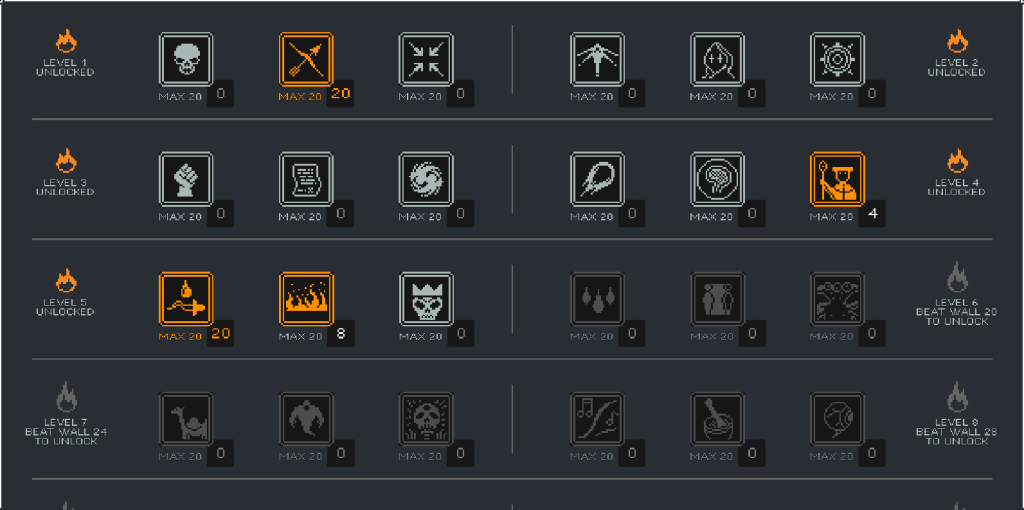Disclosures: I received an unsolicited playtest key for this Beta via KeyMailer, the key distribution site. The content in this write-up was made in what the game describes as “Alpha 2 v 1.0”.
They say a picture is worth a thousand words, as such I present the following.
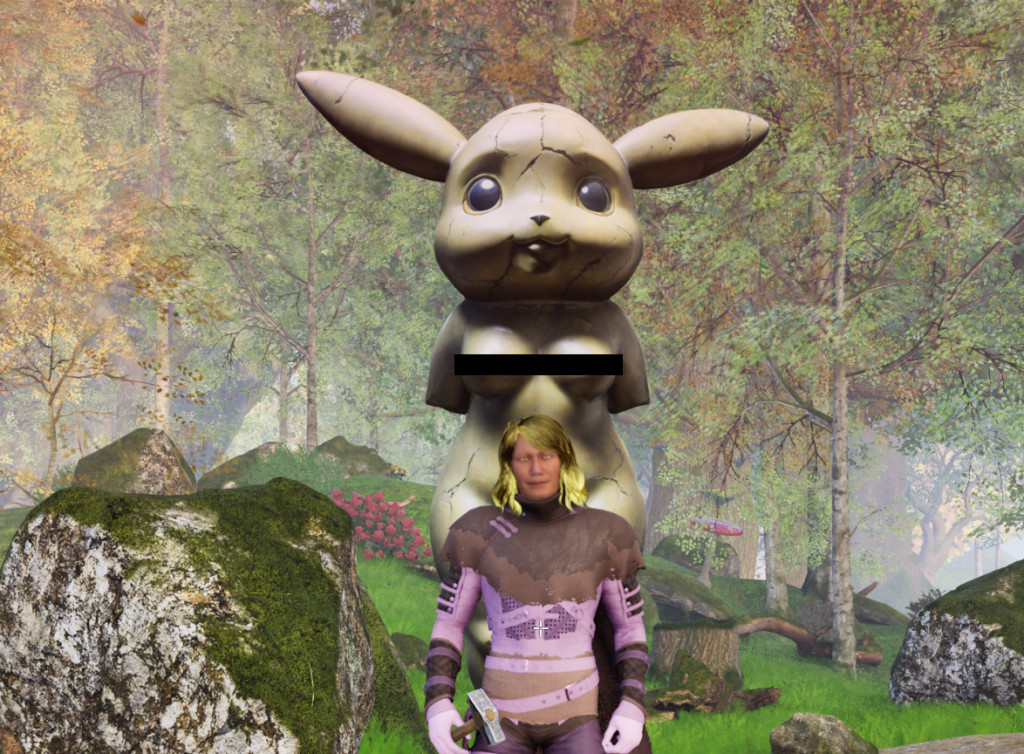
Now that I’ve got your attention, either via lust, fear, or horror, let’s talk about DreamWorld!
DreamWorld, full name “DreamWorld: The Infinite Sandbox MMO” based on the press content I had to read, is not intrinsically interesting. The general gameplay is just “Cruddy Valheim MMO.” The controls are somewhat clunky. The graphics are tolerable, and there’s very little to actually recommend the gameplay.
The games only real strong point, outside of the one I’m about to talk about, is it’s building system. And even that, while in depth, isn’t particularly easy to use.
Even as I type this with the game in the background, a single doe clips back and forth at 90 degree angles in the distance.
But the first line of the game’s press release is what really caught my eye:

Surely this could only end well.
A Bad Idea, Implemented Poorly
DreamWorld allows players to use text-based generative AI to create 3D models that can be placed in the world, hence the Venus de Milo Pikachu above.
Using generative AI to create 3D Models isn’t new. Services like Meshy have been around for a bit, and models like Shap-E for local use also exist. But DreamWorld is the first game I’ve seen actually use one in “real time,” instead of just using it to generate assets to place into an in-development game.
As an idea in the abstract, it’s somewhat interesting . As a practical implementation, what DreamWorld currently has in its Alpha lacks necessary guardrails to prevent copyright infringement, adult content, or combinations of both!
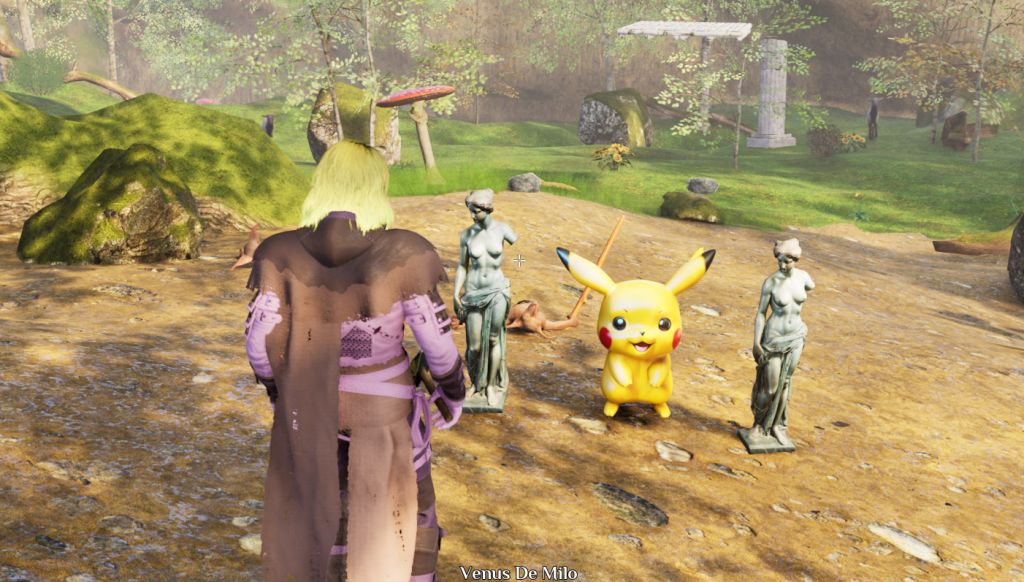
Before I get into the problems with bad actors (me) using the system, I first want to note that the system is entirely useless even if no one uses it to try to create pornography.
In DreamWorld, only the player who generates an asset can see the asset.
The result is that even using this in a positive way, like to cleverly generate extra decorations, the end result only appears for the building player, and no one else. For everyone else, it just appears as a sparkling box. So, the system is useless.
Secondly, assets are only cubes.
Every assets is just cube. It can’t be a chair, or a chest, or something clever and useful, it’s just a static cube. No dynamic properties, no color changing, just cubes.
A Lack of Reasonable Guardrails
DreamWorld appears to lack any sort of moderation on its models. While it limits users to 5 prompts per day, this isn’t much of a guardrail.
Here’s a brief list of prompts and results I tried out.

Result: Copyright Infringement
With this “success” I decided to try for something slightly more risque. While I suspected their were filters for various keywords, I guessed that traditional artwork would not be subject to those filters.
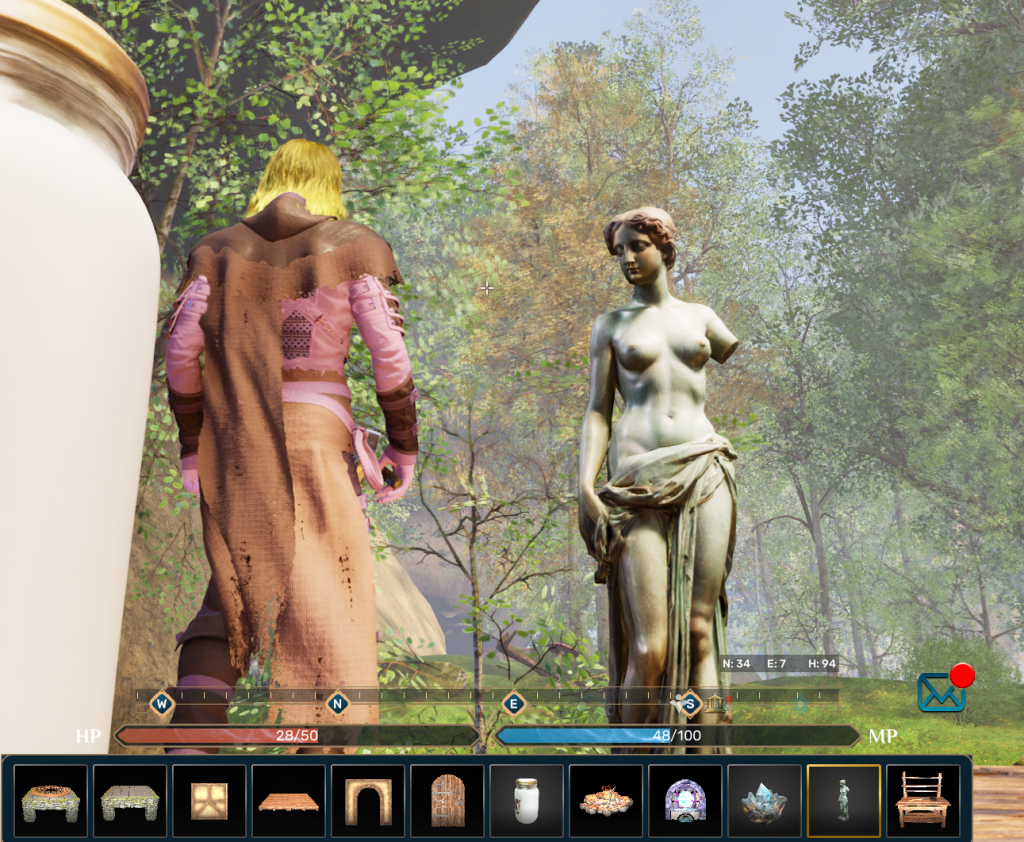
Result: Tasteful Nudity
With this confirmation that content didn’t appear to be filtered or moderated, I decided to move onto something a little more clever.

Result: Less tasteful nudity
Almost certain of my inevitable ban, I decided to show this off to a few friends. This led to suggestion that if there was a filter, it probably wasn’t calibrated for euphemisms in context.
Spoiler: It was not.
I didn’t end up creating anything too interesting with my remaining generations, but I do think this does a pretty good job of demonstrating that the game is absolutely not ready for prime time.
Now, some folks will be saying “What’s the harm?” or “This is only a problem because you made it a problem.” For those people, I would like to point them to the following document on Roblox from Hinderburg research.
I not opposed to adult content in games. I’ve written about a fair number of them on this site, and I’ve even suggested a few that are worth playing.
But adult content in unmoderated online spaces exposed to children is a bad idea. Unmoderated online generative AI is a terrible idea.
Final Thoughts
I don’t much like generative AI. If you want the longer take, read it here. But ignoring my personal feelings, this is still a bad implementation. Assuming there are no bad actors, the system does nothing meaningful. Taking bad actors into consideration, it lacks any meaningful human moderation or reasonable safeguards.
I reached out to the DreamWorld team on Discord and via Email, and they confirmed on both channels that in the future they expect to allow other players to view generated assets.
All I have to say on that is that I hope they have better moderation by then.





